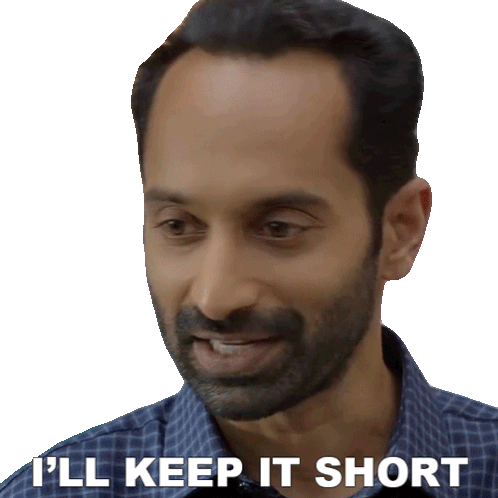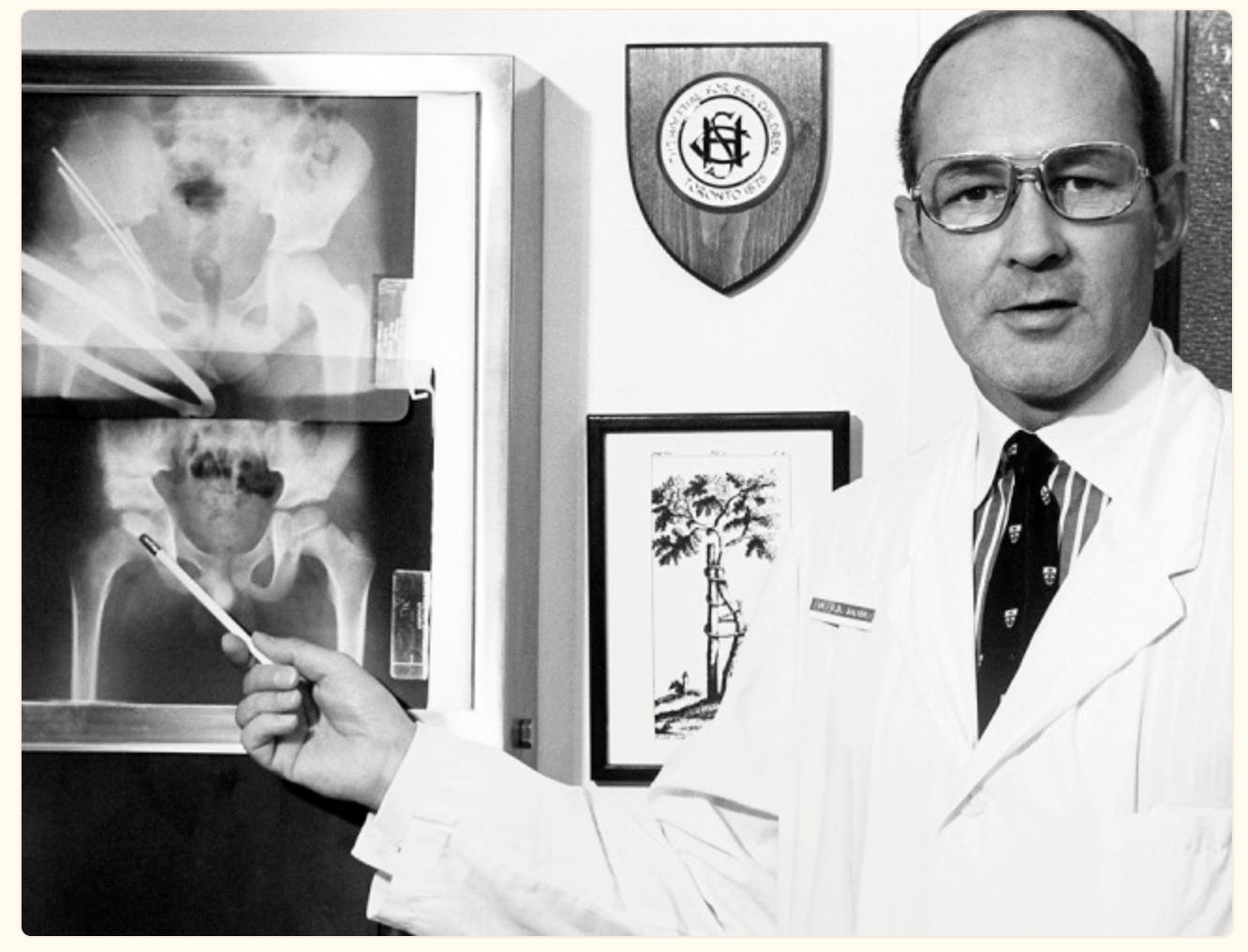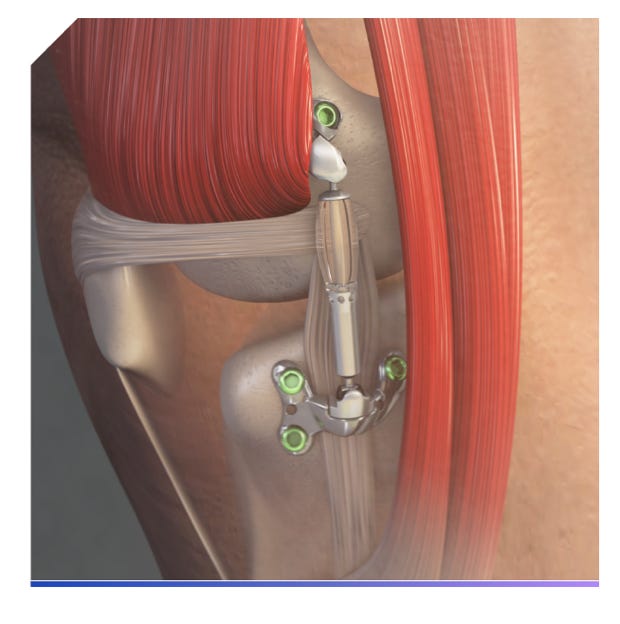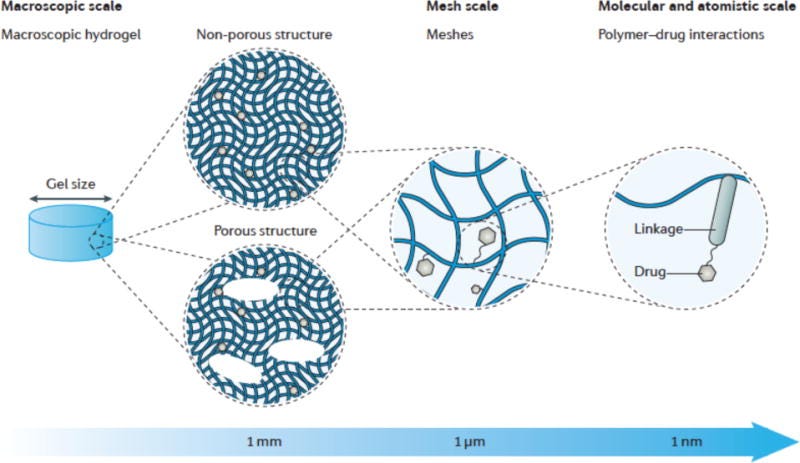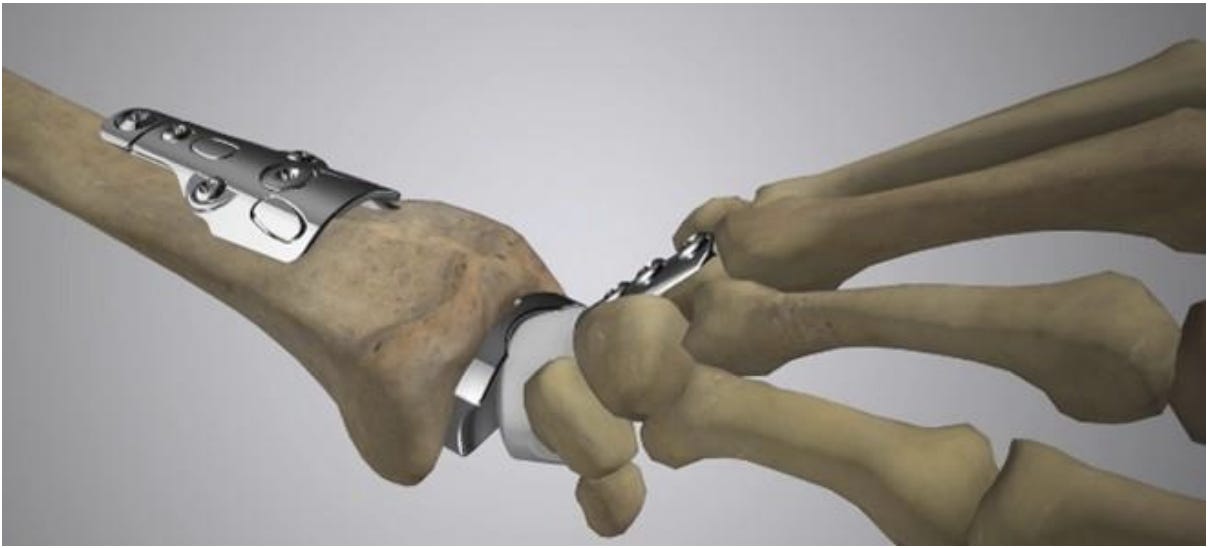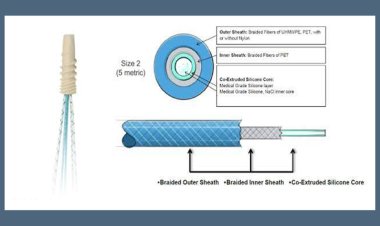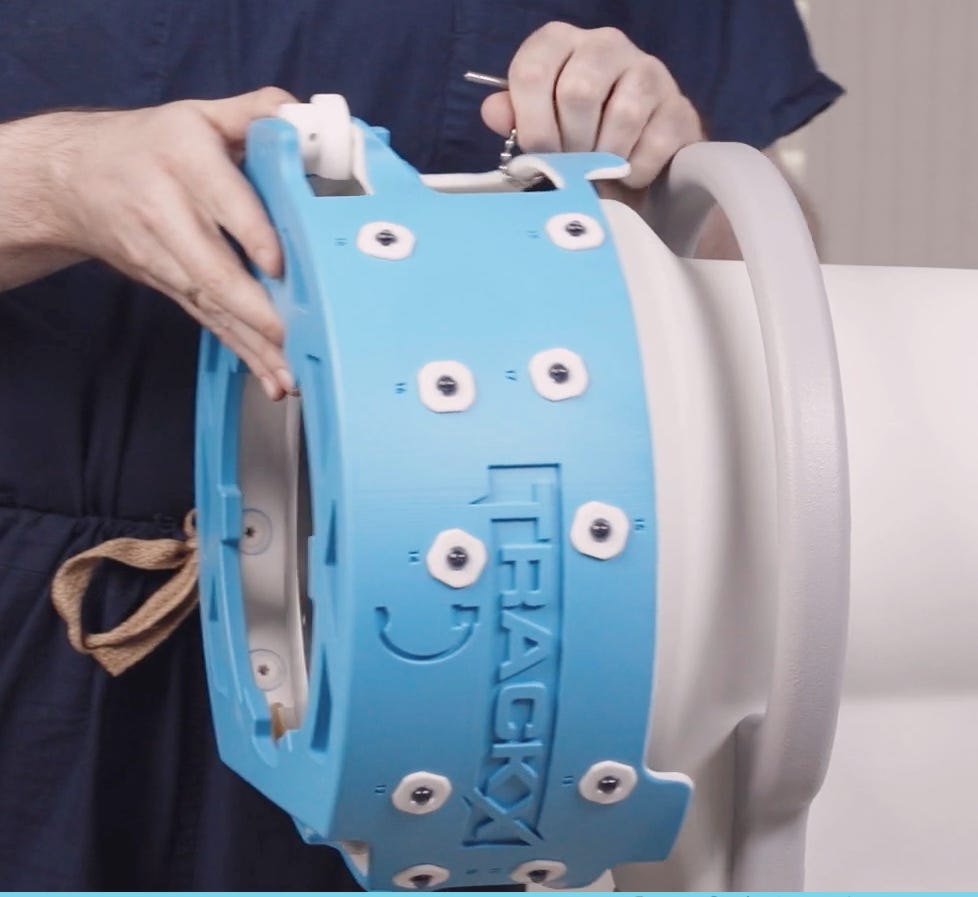Making Strong Shoulders to lean on
Enjoy Brewing with Bones with our exclusive issue on Shoulders
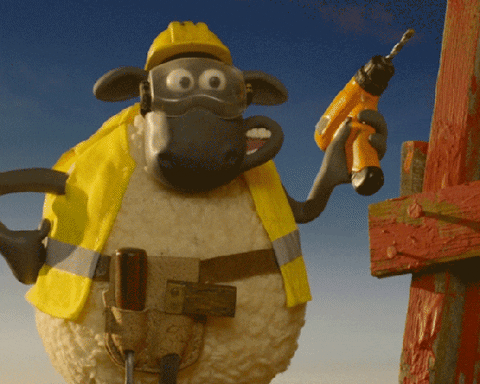
DIY Anchors: #NeoArmory
The cost of living crisis has shifted us from Herman Miller to Home Depot. “Do-It-Yourself” has become such an essential life skill that it is not a hobby anymore.
There is one more place where you can show off your DIY skills. Yep, the OR. Dr Amit Joshi and the team have devised this technique of making your own All Suture Anchor using Ethibond and Orthocord (JnJ).

The technique involves preparing this on the table using Ethibond as a sliding sleeve on an Orthocord core. Once deployed (either as single or double loaded), the Ethibond bunches up and acts as the stopper for the anchor.

It can be used as a ‘pull-in’ or ‘push-in’ - ‘Pushed-in’ using a DIY knot pusher made of Beath pin with the ends cut. Although studies suggest All suture anchors are biomechanically capable, please do bear in mind that this one has not yet had formal mechanical testing and we don’t know the pull-out strength.
If you find yourself out of suture anchor, having this technique ready can save the day -after all with fewer disposables and lesser cost.
Conquering Sports, Shoulders and everything beyond #FromTheHerStory:
Very rarely, we deviate from our aim of bringing back events or legends from history to inspire you guys. This happens when we come across current-gen icons who are as good as any previous-gen superstar. One such gem that we are writing about today, is Dr Paula Pareto, an Argentinian Judo player.
Nicknamed La Peque i.e., the small one for her 4 feet 10 inches height, Pareto took up Judo at the age of 9. Among many titles she has Pan American gold five times, South American Gold twice, World Judo Championship in 2015, Bronze in the 2008 Olympics and Gold in the 2016 Olympics, making history as 1st Argentinian woman to win a Gold at the Olympics. In 2015, she was awarded the Golden Olympia award prevailing over other accomplished sportspersons like Lionel Messi
The most inspiring quality was her ability to balance education and Sports. This Judo rockstar managed to get into medical training at the University of Buenos Aires, one of the top institutes in Argentina. She went on to pursue Orthopaedics and later sub-specialised in Sports and Shoulder Surgeries and is currently a team physician and committee member of various prestigious sports committees

Terrible triad of Shoulder #SurgicalPearl:
Failure of PHILOS breaks the hearts of many shoulder surgeons more than love itself. Fixing a bad fracture rather than replacing it, relying on your surgical skills, and then seeing it fail - breaks your self-confidence. Well, what are the radiological parameters for poor outcomes? Dheenadhayalan et al describe three parameters as terrible triad of shoulder
-
Superior displacement of GT above the articular surface
-
Medical gap of more than 4mm
-
Neck Shaft angle < 120 degree
The presence of these along with the absence of a calcar screw point out poor functional outcomes after Proximal humerus fracture fixation
Augmented Reality Augmenting Recovery: #InTrials:
Embracing technology is a key to growth.
How about turning painful physiotherapy sessions into AR-driven more immersive experiences? Ga Yang Shim et al compared two groups: the Digital Rehabilitation group (DR group), which performed AR-based home exercises using the UINCARE Home+ system, and the Conventional Rehabilitation group (CR group), which engaged in brochure-based home exercises. The study involved 115 patients who underwent RCR
The study revealed that the DR group showed a significantly greater improvement in Simple Shoulder Test (SST) scores compared to the CR group (p = 0.025). Furthermore, the SPADI, DASH, and EQ5D5L scores demonstrated significant group time interactions. However, in terms of pain, ROM, muscle strength, and handgrip strength, no significant differences were noted over time between the groups at intervals of 6, 12, and 24 weeks postoperatively.
Verdict: AR-based Rehab can be our future

Should we operate on first-time dislocators? #MostCited
A lot of young individuals present with first-time dislocation. Though we know for sure that the chance of recurrent dislocation is high in youths and teens after the first shoulder dislocation, we face an ethical dilemma whilst counselling these patients. My mind's voice will be like,
Are we justified in counselling these patients for surgery? Is there enough evidence?
Well, Belk et al. are there to back us. In their recent meta-analysis of RCTs, they concluded that individuals in their 20s and 30s particularly benefit from surgical stabilisation after first-time dislocation. The rate of recurrent dislocation was only 6% in the operated group whereas it was 46% in the non-op group.

Events to check out:
-
SICOT Congress, Belgrade, Serbia - September 25, 2024
-
Indian Arthroplasty Association Conference - IAACON - October 18, 2024 - Bhubaneshwar, India
-
Indian Orthopaedic Association Annual Conference - IOACON 2024 - December 2, 2024 - Bengaluru, India
Answer to last month's Question:
In lateral malleolus fractures, are locking plates superior to non-locking plates?
Answer: A recent meta-analysis involving 4243 patients showed that locking plates are not superior to non-locking plates in treating lateral malleolus fractures.
Question of the month:
What is considered a significant glenoid bone for inferior outcomes in arthroscopic Bankart repair?
-
21%
-
20%
-
17.5%
-
13.5%
Hold your curiosity till our next issue to know the answer.
Have a marvellous month ahead guys.









